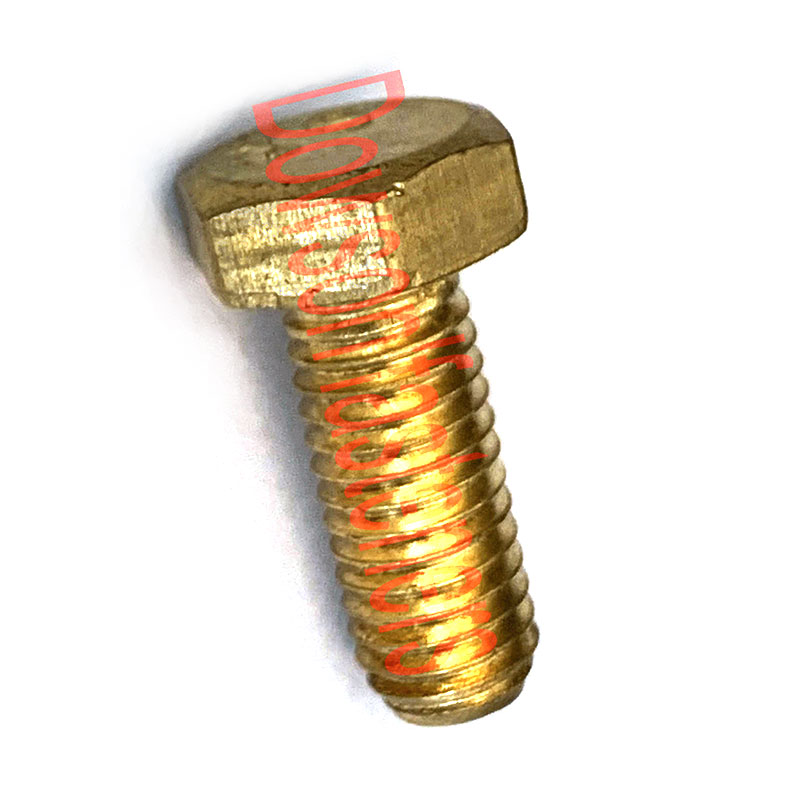Lag Bolt vs. Regular Bolt: Understanding the Differences and Applications
2024-01-20
Introduction:
In the world of fasteners, bolts are indispensable components used in a myriad of applications. Among the various types of bolts, lag bolts stand out as a specialized variant with distinctive features. In this blog, we'll explore what a lag bolt is, how it differs from regular bolts, and the unique applications where lag bolts excel.
What is a Lag Bolt?
A lag bolt, also known as a lag screw, is a heavy-duty fastener designed for specific applications where strength and durability are paramount. Unlike regular bolts, lag bolts have a unique thread design, typically featuring a coarse, aggressive thread pattern. This threading is intended for secure anchoring into wood, making lag bolts particularly effective for applications involving timber and other wooden structures.
Key Differences from Regular Bolts:
1. Thread Design:
The primary distinction lies in the threading. Regular bolts typically have a finer thread pitch, suitable for applications where the bolt passes through two or more components and uses a nut on the other end. On the other hand, lag bolts have a coarse thread designed to grip into wood fibers, providing enhanced holding power.
2. Head Type:
Lag bolts often come with hexagonal heads, allowing for easy installation using a wrench or socket. This head design provides better torque application compared to the flat or rounded heads of many regular bolts. The larger head size also contributes to the stability of the connection.
3. Application and Material:
Regular bolts are versatile and used in various materials, including metal, plastic, and more. Lag bolts, however, are specifically designed for wood-to-wood or wood-to-metal applications. They are commonly made from durable materials like steel and may feature coatings for corrosion resistance.
4. Length and Thickness:
Lag bolts are typically longer and thicker than regular bolts, reflecting their robust design and intended use in heavy-duty applications. This greater length contributes to their ability to securely anchor into wood and provide stability.
Applications of Lag Bolts:
1. Construction and Woodworking:
Lag bolts find extensive use in construction and woodworking projects. They are employed to secure heavy wooden beams, connect framing members, and anchor structures where traditional bolts might not provide sufficient grip.
2. Decking and Outdoor Structures:
Lag bolts are a popular choice for securing decking boards, building outdoor structures like pergolas, and attaching ledger boards to the exterior of buildings. Their robust design ensures a secure and durable connection in outdoor environments.
3. Furniture Assembly:
In furniture assembly, lag bolts are often used to reinforce joints and connections, especially in large and heavy pieces. Their ability to securely anchor into wood enhances the structural integrity of the furniture.
4. Utility Pole Installation:
Lag bolts are commonly used in the installation of utility poles. Their ability to provide a secure connection in wood makes them ideal for anchoring poles to the ground or connecting various components of utility structures.
Conclusion:
While regular bolts serve a multitude of purposes across different materials and applications, lag bolts shine in scenarios where a robust, wood-specific fastener is required. Understanding the key differences between these fasteners allows for informed choices in various construction, woodworking, and heavy-duty projects, ensuring the integrity and stability of the connections they form.



